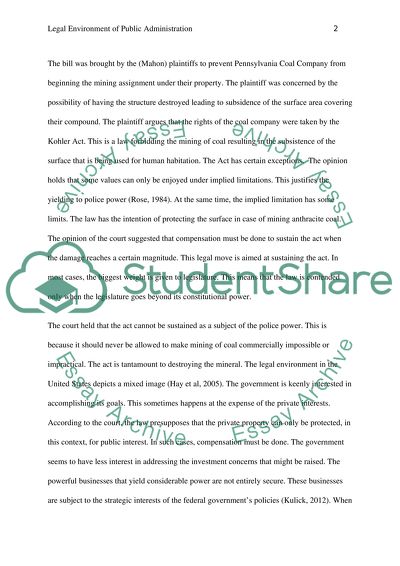Cite this document
(“The Bill that Was Brought by the Plaintiffs to Prevent Pennsylvania Assignment”, n.d.)
The Bill that Was Brought by the Plaintiffs to Prevent Pennsylvania Assignment. Retrieved from https://studentshare.org/law/1620257-legal-environment-of-public-administration
The Bill that Was Brought by the Plaintiffs to Prevent Pennsylvania Assignment. Retrieved from https://studentshare.org/law/1620257-legal-environment-of-public-administration
(The Bill That Was Brought by the Plaintiffs to Prevent Pennsylvania Assignment)
The Bill That Was Brought by the Plaintiffs to Prevent Pennsylvania Assignment. https://studentshare.org/law/1620257-legal-environment-of-public-administration.
The Bill That Was Brought by the Plaintiffs to Prevent Pennsylvania Assignment. https://studentshare.org/law/1620257-legal-environment-of-public-administration.
“The Bill That Was Brought by the Plaintiffs to Prevent Pennsylvania Assignment”, n.d. https://studentshare.org/law/1620257-legal-environment-of-public-administration.


